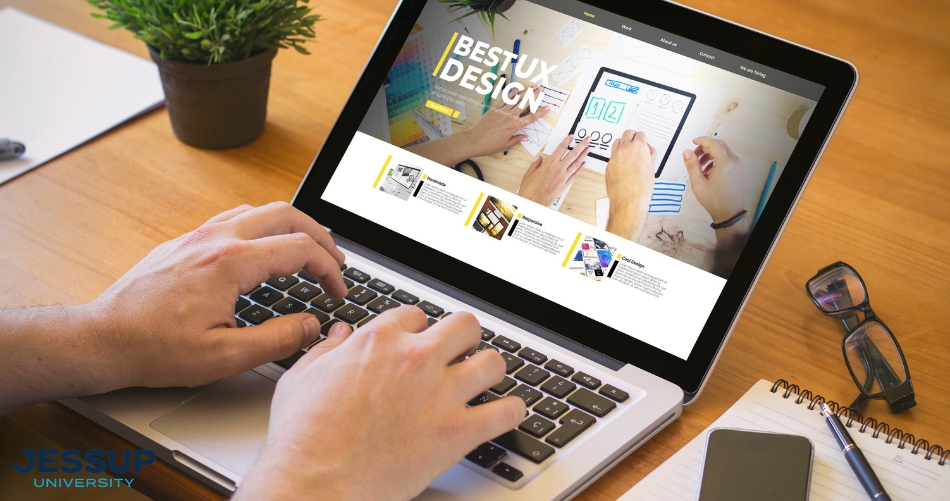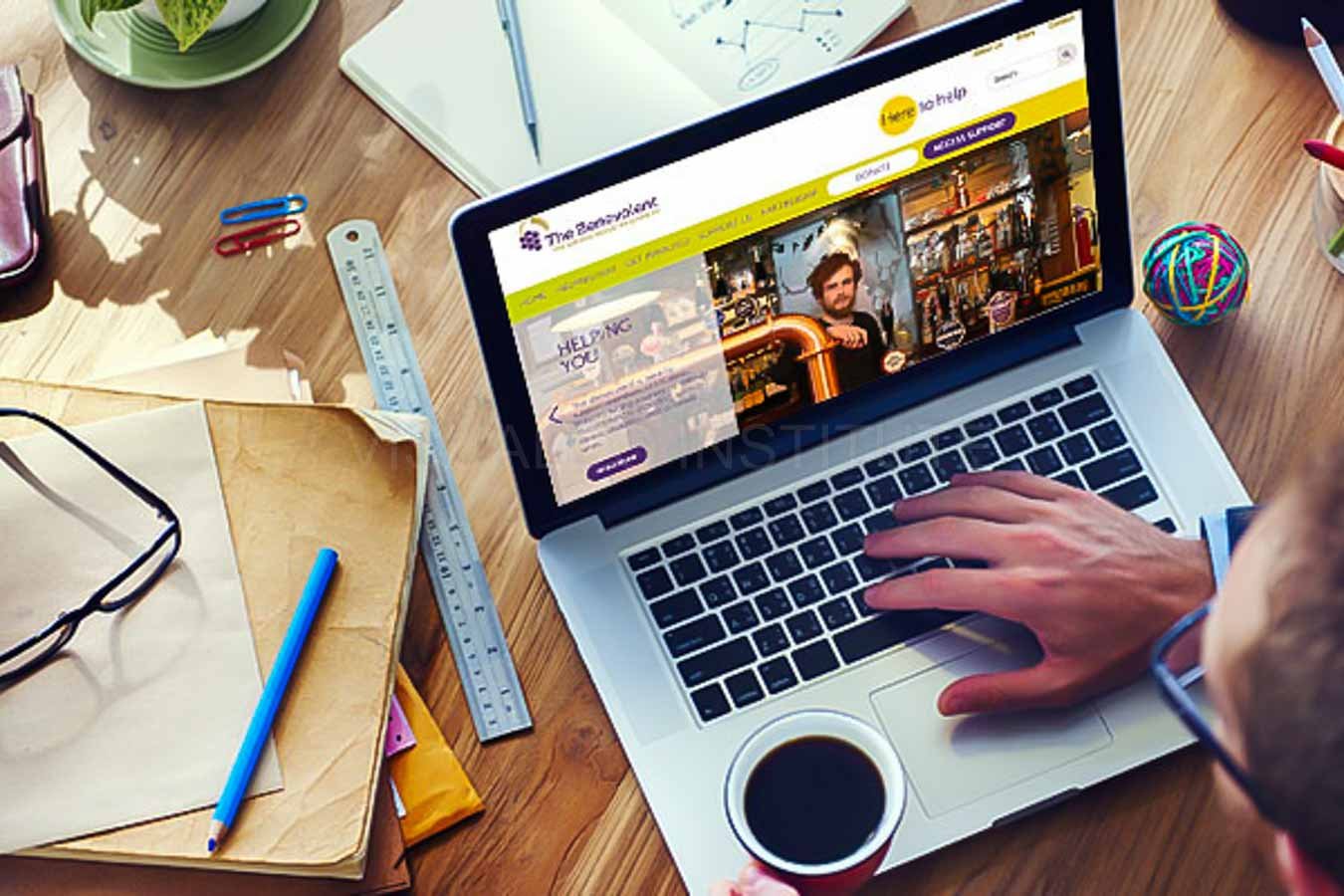Aligned Position Web Design: Tailor-Made Web Design Solutions for Maximum User Engagement
Aligned Position Web Design: Tailor-Made Web Design Solutions for Maximum User Engagement
Blog Article
The Best Sorts Of Website Design to Boost Individual Experience and Interaction
In the ever-evolving landscape of digital interaction, the performance of website design dramatically affects customer experience and interaction. Numerous design strategies, such as minimalist, receptive, and interactive layouts, each offer one-of-a-kind advantages that can satisfy diverse customer needs. Comprehending which kinds of Web design ideal serve these goals can be essential for companies intending to enhance client fulfillment and retention. However, the question stays: which style components really reverberate with customers and foster meaningful engagement? The expedition of these concepts discloses crucial insights that may redefine your approach to website design.
Minimalist Website Design
As digital landscapes end up being increasingly cluttered, minimalist website design has become an effective strategy to boosting customer experience. This layout approach focuses on simpleness, concentrating on essential components while removing unneeded distractions. By utilizing ample white room, uncomplicated navigating, and a restricted color palette, minimal style fosters quality and guides user attention to crucial web content.
The core concept of minimalist Web style is to create a smooth interaction for customers. By lowering cognitive tons, users can promptly understand information without really feeling overwhelmed. This straight method not just enhances usability yet also urges engagement, as site visitors are more probable to discover a site that is aesthetically attractive and easy to navigate.
Furthermore, minimalist layout usually highlights typography and images, using these elements strategically to communicate messages effectively. This concentrate on essential elements can enhance brand identification and create a memorable user experience. Essentially, minimalist website design is not just a trend; it is a thoughtful method that identifies the relevance of user-centered design. By removing away extraneous aspects, developers can create a more appealing, reliable, and satisfying Web experience for all users.
Responsive Website Design
In today's varied electronic environment, responsive Web design has become necessary for developing a smooth customer experience throughout a multitude of tools. As customers accessibility internet sites on smartphones, desktop computers, laptop computers, and tablets, the capability of an internet site to adjust its design and material to different screen dimensions and resolutions is essential.
Receptive Web design employs adaptable grids, photos, and CSS media queries to make sure that Web content is offered ideally, despite the device used. This method not just boosts the visual appeal of a website however likewise considerably improves use. Individuals are much more most likely to involve with a site that supplies a constant experience, as it eliminates the aggravation of needing to focus or scroll excessively.
Moreover, search engines, consisting of Google, prioritize mobile-friendly websites in search positions. By adopting receptive design, organizations can enhance their visibility and get to a broader target market. This technique additionally simplifies internet site upkeep, as a single variation of the site can provide to all tools, minimizing the demand for several variations. In summary, receptive Web style is a basic method that enhances individual experience, involvement, and overall contentment.
Interactive Website Design
Responsive Web layout lays the groundwork for improving individual experience, yet interactive website design takes this an action even more by involving users in a much more vibrant means - Aligned Position Web Design. By including aspects such as computer animations, clickable prototypes, and real-time feedback, interactive website design astounds customers, drawing them into a richer browsing experience
This technique not just cultivates engagement but likewise motivates individuals to check out material proactively instead than passively eating it. Techniques such as gamification, where users earn rewards for completing tasks, can dramatically enhance the moment invested on a website and boost total complete satisfaction. Interactive attributes can streamline complicated info, making it much more absorbable and delightful.

Integrating interactive layout elements can likewise cause higher conversion rates, as customers are most likely to involve with a site that actively includes them. Aligned Position Web Design. Inevitably, interactive Web style changes customer experiences into memorable trips, making sure that site visitors return time after time
Apartment Layout
Characterized by its minimalistic approach, flat layout emphasizes simplicity and functionality, removing unneeded aspects and concentrating on essential features. This design viewpoint focuses on functionality, making sure that individuals can browse interfaces effortlessly and efficiency. By utilizing a clean aesthetic, flat layout removes the mess typically located in a lot more elaborate styles, thus enhancing user concentrate on content and capability.
The trademark of flat design hinges on its use bold colors, straightforward typography, and geometric forms. These aspects add to an aesthetically enticing interface that is both approachable and modern. Furthermore, flat design cultivates a feeling of clearness, allowing individuals to determine vital actions and details without disturbance.
Moreover, flat style is specifically reliable in receptive Web style, as its simplicity converts well throughout numerous devices and screen dimensions. By focusing on important functions, flat style not just satisfies customer needs but additionally encourages seamless interaction, making it a vital element of reliable Web layout techniques.
Adaptive Web Style
Adaptive website design customizes the user experience by producing numerous fixed layouts customized to various display sizes and gadgets. Unlike responsive style, which fluidly adjusts a single layout, flexible layout uses distinctive designs for particular breakpoints, making certain optimal discussion on numerous systems. This approach enables designers to concentrate on the distinct attributes of each tool, improving usability by providing specifically what users need based on their context.
Among the primary benefits of adaptive website design is its ability to maximize tons times and efficiency. By serving tailored content and photos that fit the customer's device, web sites can lessen data use and enhance loading speeds. This is particularly advantageous for customers with slower links or limited information strategies.

Furthermore, flexible design facilitates a much more constant and regulated branding experience. Since designers create numerous layouts, they can guarantee that the visual components align with the brand's identity throughout different systems - Aligned Position Web Design. This results in a cohesive user experience, enhancing engagement and promoting individual retention
Conclusion
Finally, the assimilation of minimalist, responsive, and interactive website design principles dramatically improves customer experience and engagement. Minimalist style promotes clearness and focus, while responsive layout makes certain versatility throughout various devices, promoting access. Interactive design astounds individuals via dynamic elements, motivating exploration and customization. Jointly, these design approaches add to the creation of user-friendly settings that not only improve complete satisfaction but additionally drive higher conversion rates, highlighting their important importance in modern Web layout techniques.

Minimalist layout promotes clearness and emphasis, while receptive layout ensures adaptability throughout numerous gadgets, promoting accessibility. Jointly, these design approaches contribute to the development of easy to use settings that not just boost contentment but likewise drive higher conversion rates, highlighting their essential significance in contemporary Web layout strategies.
Report this page